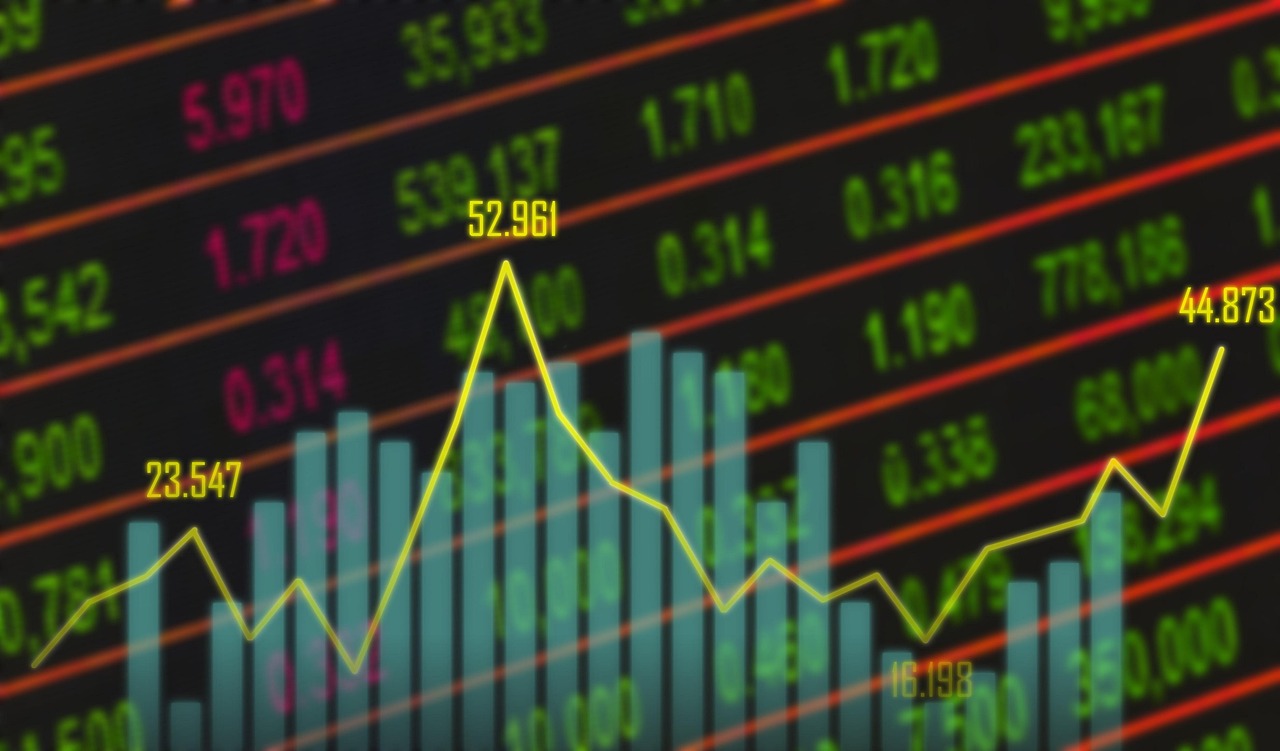Investing can help secure our financial future, but it comes with risks. One of the risks is known as max drawdown, which measures the largest percentage drop from a portfolio’s peak value to its lowest value. Put simply, it’s the biggest loss you can expect to experience from your investment’s highest point to its lowest point.
To illustrate, let’s say you invested $10, 000 and your portfolio’s highest value is $12, 000, but then it drops to $8, 000. The max drawdown in this scenario is 33. 3%, which represents the difference between $12, 000 and $8, 000.
Why is max drawdown important? It’s because it helps you understand what you could potentially lose in the worst-case scenario. By knowing your max drawdown, you can determine if the potential risk is suitable for your investment goals and risk tolerance.
It’s important to note that the max drawdown is not a predictor of future losses. Historical performance does not guarantee future results. However, max drawdown is a useful tool that can help you manage your investment risk.
Max drawdown is the largest percentage drop from a portfolio’s peak value to its lowest value. It’s a measure of how much you could potentially lose in the worst-case scenario. Always consider max drawdown along with other key investment metrics when evaluating investment opportunities.






